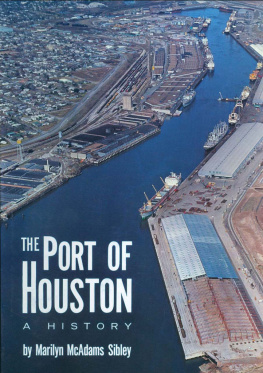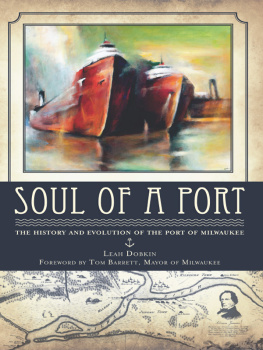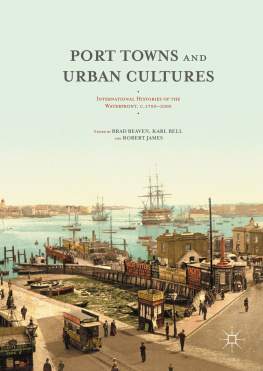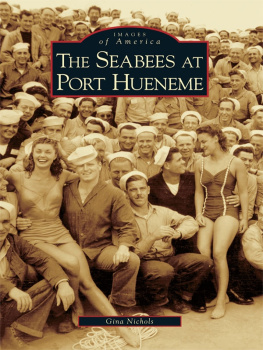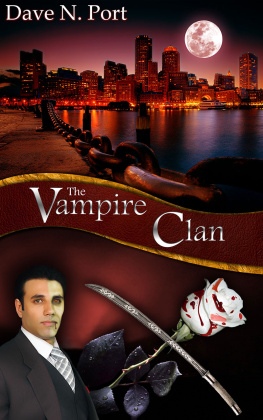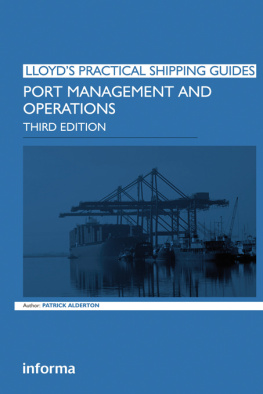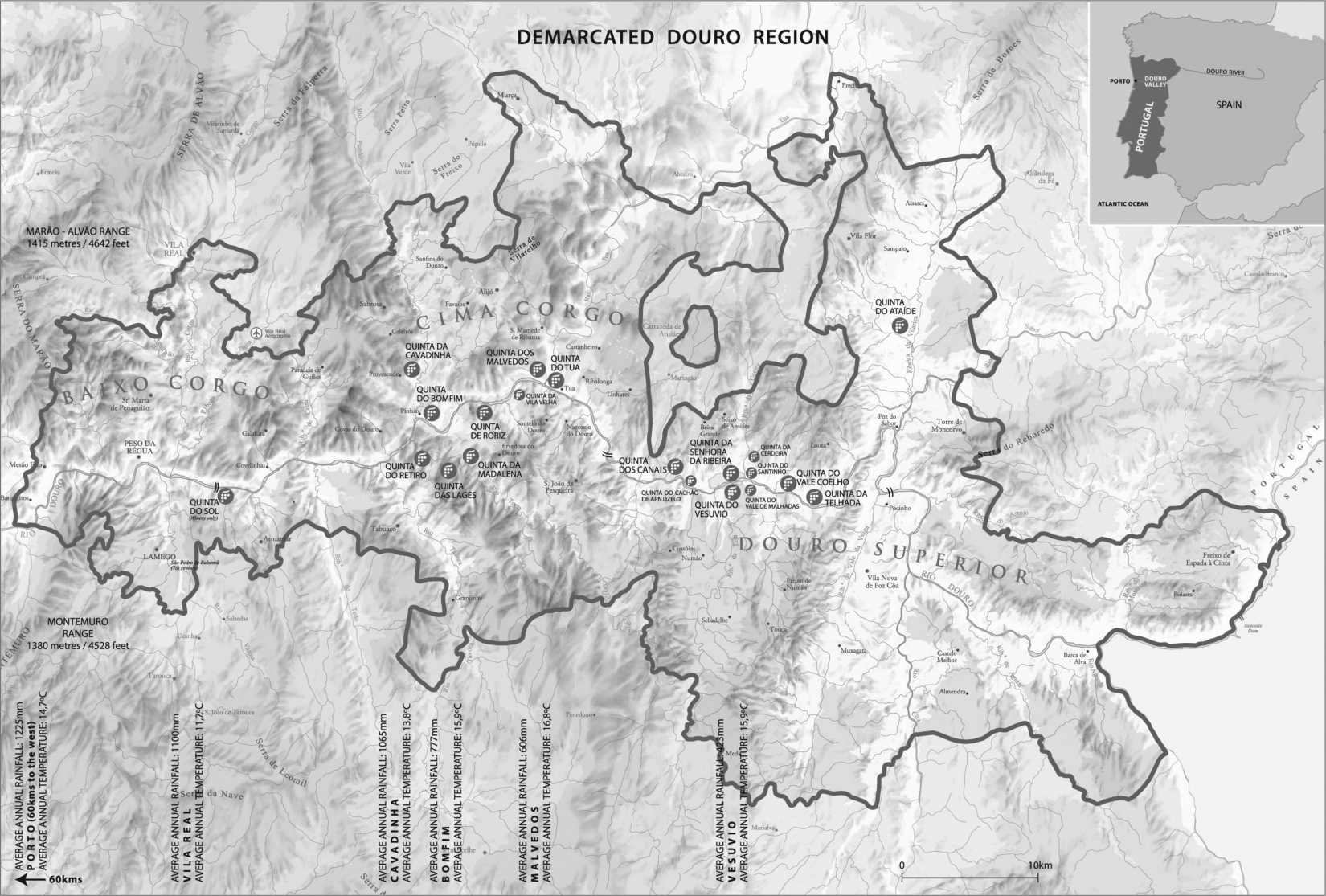BEN HOWKINS has guided me round the world of port, vintage by vintage, bottle by bottle, since before he put pen to paper to write the first edition of this book over thirty years ago.
I am one of those with a few bottles in my cellar who tends to think that nothing much changes in this deeply traditional world; that change in the vineyards and lodges is as gradual as the glorious maturation taking place under the stairs. Reading Bens latest edition shows me how wrong one can be. Almost everything is evolving, from precisely how the grapes are grown, pressed and fermented to how and where the wines are aged and bottled. And certainly who owns and manages the famous old firms.
So many traditional wine businesses have been rationalised (or whatever dire term they use for firing people and saving money) that it is inspiring to learn how things are in the Douro. Updating has done the port we drink nothing but good. What doesnt change is the character of this great wine or of the stalwarts who make it.
PORT. More than a wine, it is one of Portugals most famous and well-loved products. It is found worldwide, and is, therefore, the most international of this countrys unofficial ambassadors.
Ports unique characteristics result from its place of origin, the Douro, the worlds oldest demarcated and regulated wine region and of capital importance to Portugal. Its majestic river links the rugged, striking beauty of the mountain vineyards to the urban landscapes of Porto and Vila Nova de Gaia where, for centuries, Port traditionally has aged. Port is the common denominator uniting two World Heritage Sites. The Douro is increasingly a much sought-after tourist destination for discerning travellers looking to enjoy the very best of Portugal.
The mission of the IVDP (Port and Douro Wines Institute) is to certify, promote and protect Port. It represents all wines produced in the region that are eligible to bear the Douro or Port Seal of Guarantee. However, the IVDP takes its responsibilities one step further as it thinks ahead and reaches out to both existing and new consumers from all over the planet, promoting innovative ways of looking at and enjoying Port. It is in this context that the IVDP views this book with great satisfaction.
Due to Ben Howkins vast knowledge of the region and its wines, Rich, Rare and Red will no doubt prove to be a valuable tool in furthering consumers understanding of the versatility of a unique wine, providing insights that will take the reader into another dimension of enjoyment and guide them on a fascinating journey of discovery of a wine, a region, a heritage and a way of life.
Manuel Cabral,
President, Instituto dos Vinhos do Douro e do Porto
PORT.A simple four letter word that somehow, over 300 years later, still manages to conjure up a sense of well-being, of style, and, at the end of dinner, of great satisfaction. Like all success stories, ports position in the wider international wine portfolio is the result of dedicated hard work, innovation and an uncanny ability to connect with todays consumers. Its success is ensured by a blend of the unimpeachable provenance that only old world wines can command and a desire to use state of the art technology to create wines that continue to delight our taste buds.
Port still enjoys the cultural dichotomy of being served at the grandest of dinner tables and in the most informal of bars and brasseries as an aperitif. Long may the French, the Belgians and the Dutch continue to absorb over fifty per cent of all port produced in this latter way. After all, drinking young port as an aperitif is just as virtuous as drinking a glass of Chardonnay.
Port becomes grand vin when the winemaker selects the best blends to be at their peak in ten years (aged tawnies), ten to fifteen years (single quintas), twenty years (aged tawnies and vintage) or even longer. It is this premium category that is happily increasing, led as always by the UK and US markets. Since Rich, Rare and Red was first published over thirty years ago, the winemakers have become wiser and wine consumers choosier. Significant advances in viticultural technology in the Douro Valley have produced consistently better wines, at all quality levels, since the turn of the twenty-first century. Terroir research continues to deliver more elegant wines. Consumers are benefiting year by year. We have seen the inexorable rise of the Australian wine industry; the re-emergence of South African wines; pre-phylloxera delights from Chile; the burgeoning East European wineries; garagiste wines from Napa and Bordeaux; and France, that great provider of wines, continuing to assert itself in all its many regions.
Over this time, the port shippers can be proud of their achievements in relation to the other great fortified wines of the Iberian Peninsula. Sherry has had a torrid time, yet is climbing back through its fino and dry oloroso styles. Madeira remains a touch becalmed. Yet port sails on majestically. There always seem to be steady hands on the tiller. A few rocky seas may have to be navigated, but, in general, the consumer knows what he or she is getting.
I am privileged to have seen the port trade at first hand from the early 1960s through to the early 2010s. In the 1960s, most ports were bottled outside Portugal. These were blends chosen by wine merchants in each country and usually bottled under their own labels. The Douro was in the hinterland of wine producing best practices. Vintage ports were wondrous, but inexpensive.
In the 1970s, I was a director of Croft & Company and the trade gradually took control of its own destiny by bottling its own brands in Portugal. The US market took off. Bulldozers built terraces in the Douro rather than man.
The 1980s and 1990s saw the port shippers buying more and more quintas in the Douro to secure sources of supply and increase their asset values. The port trade steadied, more and more patamares were constructed in the Douro, the quality of grape spirit was in question and the twenty-first century was gratefully welcomed.
The 2000s and 2010s have seen gigantic leaps forward in viticultural progress in the Douro. Premium brands have consistently increased in major markets. Shippers have reinvested wisely both in the Douro and in their state of the art visitor centres in Gaia. Shippers have a more confident spring in the step to bring about necessary reforms in the Douro and to bang the port drum loudly in the market place.



